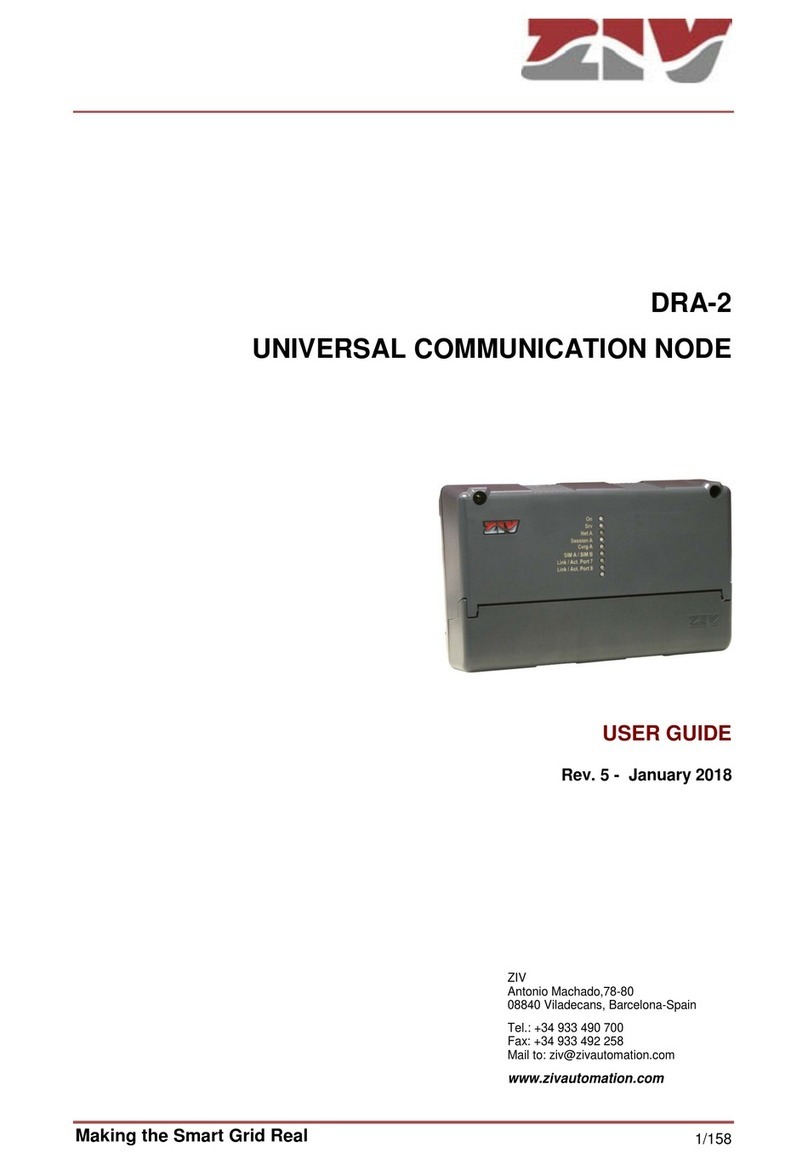SIP-2
COMMUNICATION NODE TYPE SIP-2 10/145
USER GUIDE - Rev. 3 (January 2018)
2. Create and configure the parameters of the TCP/UDP virtual ports. For this, access the
Flow menu configuration screen (see section 5.16 for more detailed information).
The Flow menu configuration screen has two well differentiated sections. Physical
Ports and Virtual Ports.
Establish a different and unequivocal name for each COM port in the Physical Ports
section.
All the ports have the name serial0 configured by default and, therefore, it is essential
to assign a specific name to each of them.
On the other hand, if the equipment has a WAN interface, the Use autocli box should
be OFF, that is, not ticked, in the Datacall parameter so that the data call-serial
connection (GSM) is effective.
The operation of the datacall will depend on the services permitted by the operator,
especially in 3G and 4G networks.
Define the configuration of the virtual ports in the Virtual Ports section. For this, take
into account the following:
- The TCP connections may have two behaviours, active and passive. Active means
that the equipment will take the initiative as regards establishing the TCP connection. On
the contrary, passive means that the equipment will await for external connection
requests. The behaviours are complementary between them.
- The UDP connections do not need any prior establishment procedure; it is just
assumed that the receiver is configured to accept data in the indicated port. The UDP
connections do not offer end-to-end confirmation, or any guarantee as long as the
delivery sequence is the original one.
- It is usual to configure ports with values above 1000 since there are pre-established
ports for the use of general services in TCP/IP networks; thus, possible collisions are
avoided.
- The virtual ports may also have an assigned encapsulation protocol or policy,
although, as a general rule, just one encapsulation protocol or policy is assigned to a
sole end of each connection, understanding that it already includes a physical and a
virtual port as well. Thus, it is usual to assign the encapsulation protocol to the
physical port and leave the virtual port without a protocol, that is, with the raw
protocol option (default option).




























